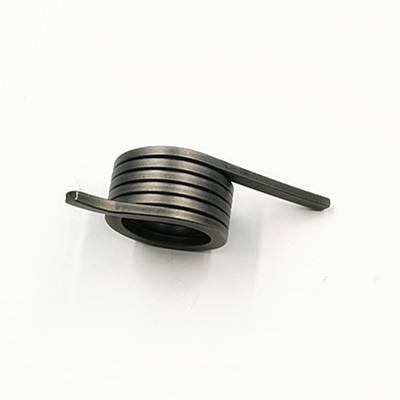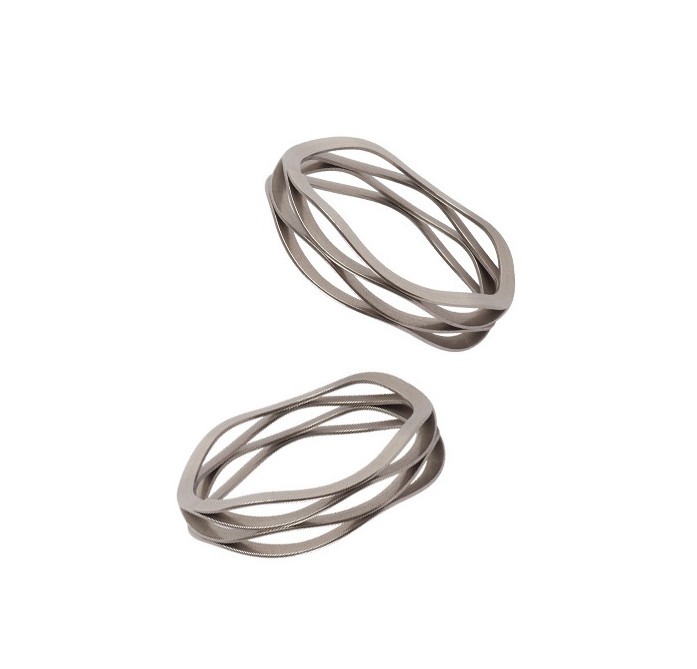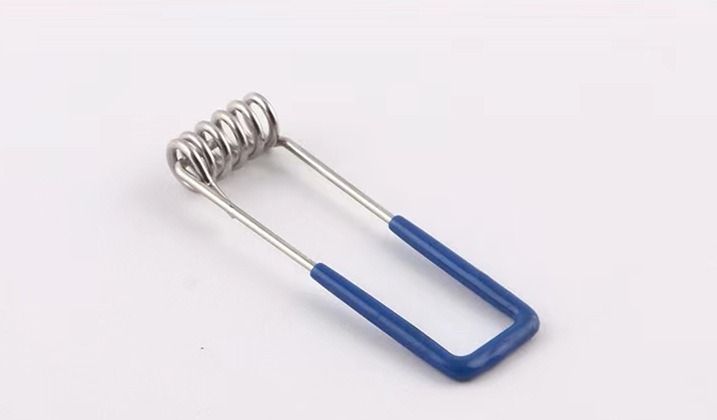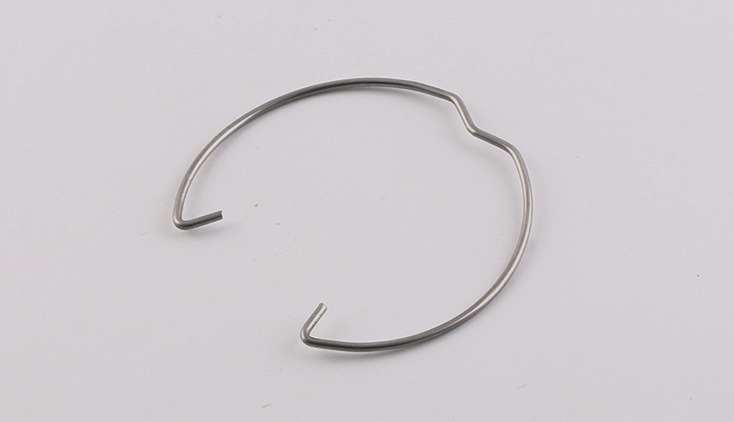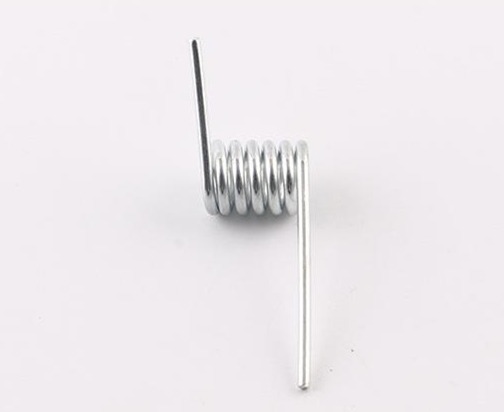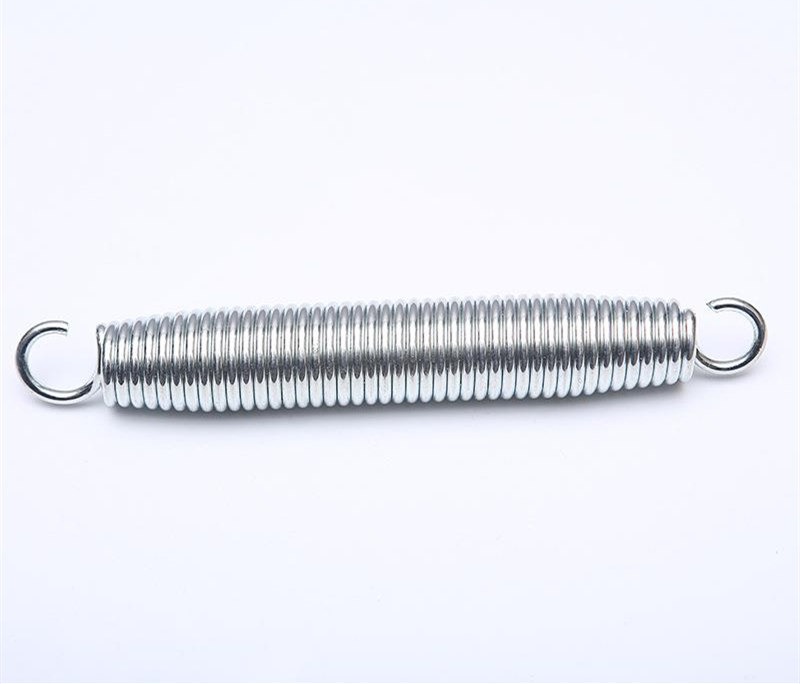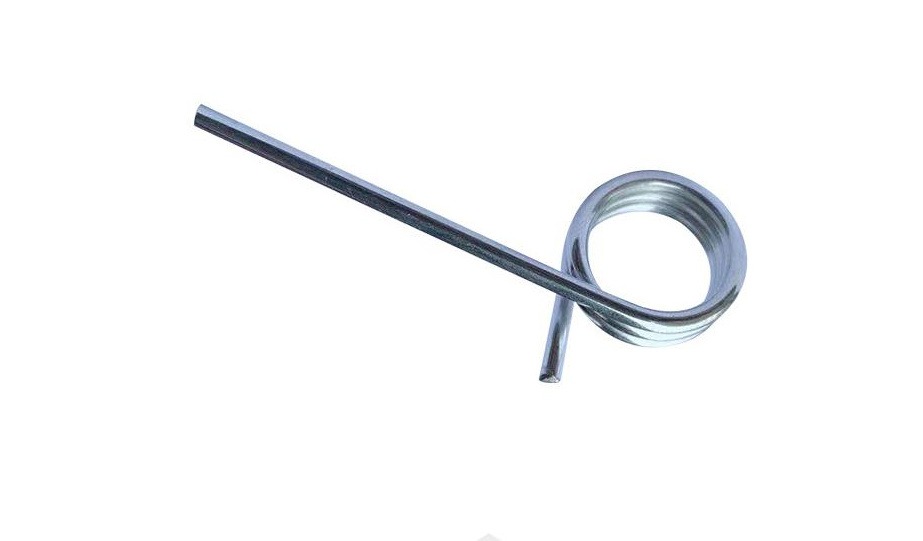How to Detect Spring?
There are many kinds of springs that often play a key role. Therefore, each spring has corresponding strict standards in the production process and needs to undergo a series of strict tests to ensure that it can meet the standard performance. So how to detect spring? The followings are several common spring detection methods organized by KENENG International Trade Editor for you:
1. Fatigue performance and relaxation rate detection of springs
It can be said that these two indicators directly determine the reliability and life of the spring, and are the key to the quality of the spring. These two indicators can be obtained by using a spring fatigue testing machine after specified cycle numbers of load-strain testing.
Testing equipment: spring fatigue testing machine.
2. Spring hardness test
Springs are usually quenched, like super large springs. Ordinary springs usually have a hardness range of HRC44 to 52. And such an aircraft carrier-level spring will exceed HRC52 and even reach HRC54. The significance of testing hardness is to analyze the failure performance of the spring.
Testing equipment: hardness tester.
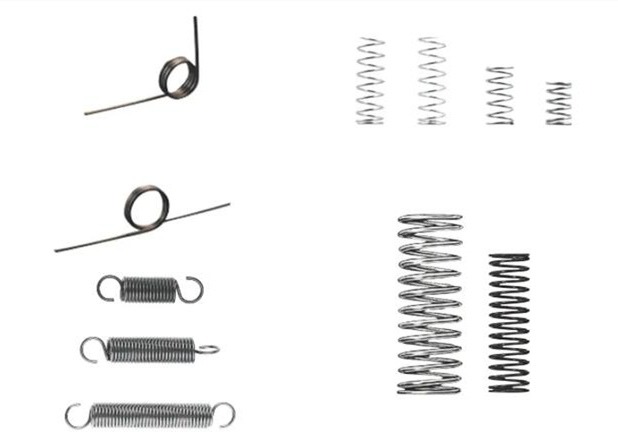
3. Nondestructive testing of springs
Non-destructive testing is also the inspection of appearance. During the processing of the spring, due to different production processes, it is likely to cause some defects such as cracks, creases, delaminations, pits, pits, scratches, wire drawings, and other defects on the surface. These surface quality defects can usually be detected by visual inspection or ultrasonic frequency.
Testing equipment: magnifying glass, microscope, ultrasonic detector.
4. Geometric size detection of springs
The testing items of size mainly include material diameter, free length, free angle, spring diameter, the total number of turns, length of torsion arm, bending angle of torsion arm, etc. of the spring. These are the basic testing items for springs. Especially with super-large springs, inconsistencies in size are likely to lead to inconsistencies in the performance of the entire device.
Testing equipment: calipers, two-dimensional, three-dimensional, projector, etc.
5. Spring elasticity test
If the spring force value of the spring is clearly marked on the drawing, the corresponding spring force test needs to be done. Usually, the elastic force tester can be used to detect the relevant elastic force, just pay attention to the distance of pressing or stretching according to the requirements of the drawing and then check the relevant elastic force. This type of test is widely used for slightly larger springs such as mechanical springs and engineering springs, while battery box springs or ultra-precise miniature springs usually do not require this test.
Testing equipment: elastic tester, tensile tester, etc.
6. Salt spray test of spring
This is also a test commonly involved in spring products. According to different customer requirements, use different hours of salt spray oil to prevent rust on the spring, then take pictures and record the test results in 2/4/8 hours, and finally generate a test report.
If it fails to pass the salt spray test, the spring needs to be treated with salt spray oil to meet the test requirements, so that the spring can avoid rust and deterioration during its service life and cause safety problems.
Testing equipment: salt spray tester.
7. Impedance test
For battery box springs and springs with conductive purposes, there are usually specific requirements for impedance values. Then it is necessary to do the relevant impedance test according to the requirements of the customer’s drawings. If the test fails, the impedance value can usually be adjusted by changing the material, inner and outer diameter, wire diameter, length, plating, etc.
Testing equipment: resistance tester.
The above contents are the most common spring detection methods and related equipment. If there are any deficiencies, you are welcome to make supplements and suggestions!
KENENG can produce compression springs, extension springs, volute springs, battery springs, wire springs, die springs, and other different types of springs. And can provide customized springs according to the specific drawings. If you want to know about related services, please feel free to contact us.

